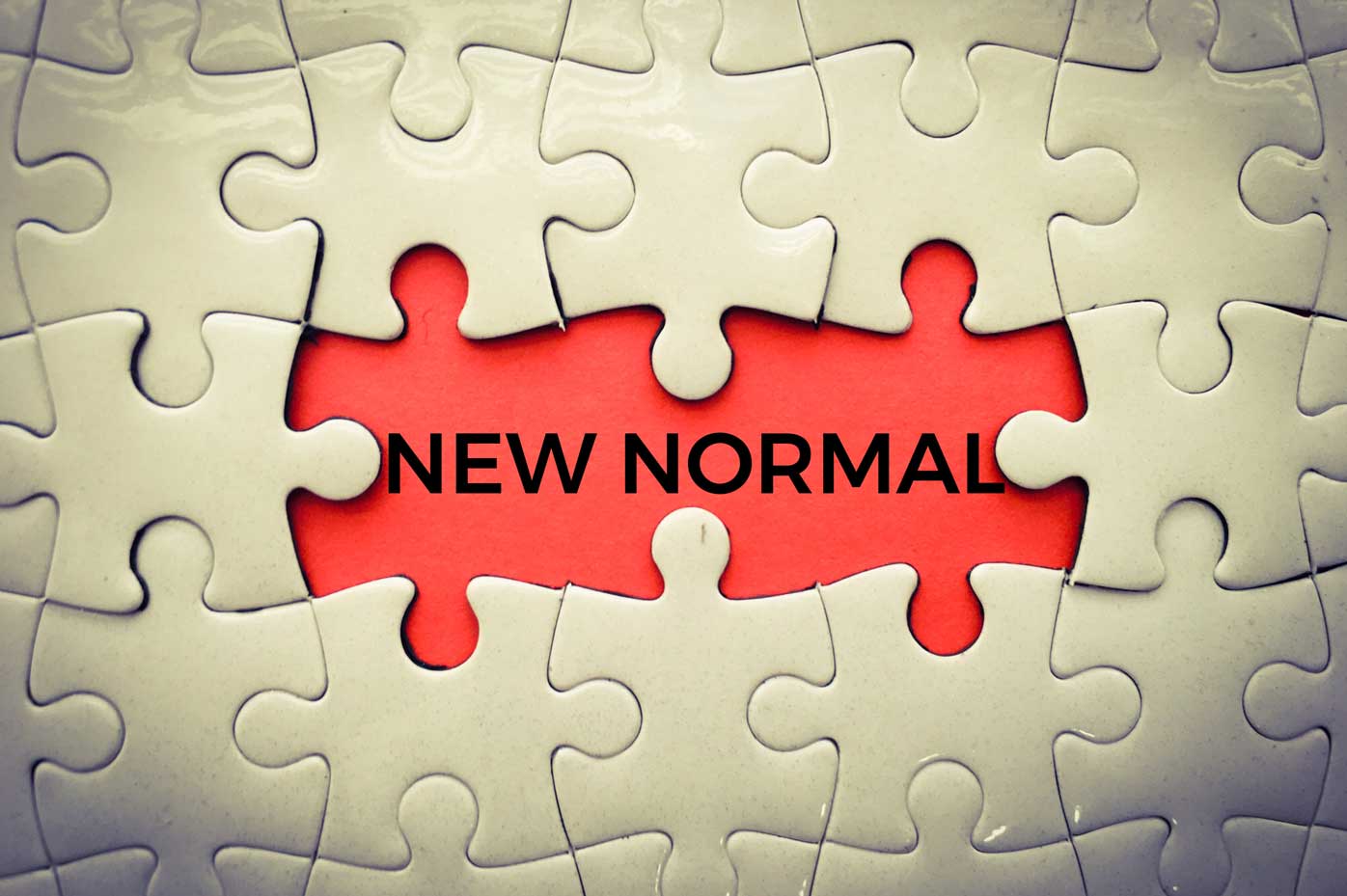The COVID-19 pandemic has dramatically affected the lives of people around the world, and the insurance industry is responding – and evolving – to meet the needs of consumers.
More than a year has passed since the World Health Organization (WHO) declared a COVID-19 a global pandemic. Cumulative worldwide COVID-19 infections have surpassed 150 million, cumulative deaths exceed 3.5 million, and states of emergencies have been imposed multiple times in various parts of the world. Studies from RGA and governmental sources have shown that the prolonged period of the pandemic has changed the way people think and live now.
To better assess how consumer behaviour has changed, RGA conducted a survey with more than 8,000 consumers across eight markets in the Asia region. Survey participants in Hong Kong, Southeast Asia, and India were asked about their perceptions of the insurance industry before and after the pandemic.
The survey revealed that 28% of the respondents reported increased awareness of personal needs and protection gaps, and 35% recognized the importance of life and health insurance products. When asked about what factors they would use to decide what life and health insurance products to buy in a post COVID-19 world, 28% chose flexibility in increasing cover based on life stages. This was followed by more innovative product features (23%), and flexibility in choosing benefits (23%). After living through a pandemic, people have had to adjust the way they work and live, and as a result, insurers need to adjust to meet consumers’ post-pandemic needs1.
Digital Transformation and the Need to Adapt
The traditional approach to face-to-face insurance solicitation has been under pressure for some time. It is difficult to suddenly change the existing distribution channels in response to social changes. However, as COVID-19 public health mandates restricted gatherings and working-from-home became common, the need to adapt sales channels became imperative. Through digital transformation, insurance companies were able to continue to engage with customers.
One example of this is Breathe Life's "Digital on-ramp" tool, which allows the advisor to remotely connect with a prospect by completing every step in the application process online2. This is a great example of how an insurer can provide solutions that leverage the know-how developed through captive agent channels.
The Gig Economy
Across the world, the freelance – or gig – economy has grown significantly. However, the self-employed are increasingly underinsured and financially insecure, and unfortunately, the pandemic has only highlighted the vulnerability of these workers.
To address these needs, insurers and start-ups are developing customized, pay-as-you-go products with more flexible underwriting criteria, and more sophisticated, digital distribution channels to adapt to a changing workforce model. In addition, a range of global insurers have teamed up with tech giants to bring income protection, medical care, disability, and hospital cash policies. One example of this is the partnership in Europe between AXA Life Europe and Uber3. This initiative provides life insurance to drivers who offer ride-sharing services.
In a post-COVID-19 world, the way people work and live may continue to look very different from pre-pandemic conditions, but there could be opportunities to build win-win relationships by working with partners at existing platforms to develop tailored insurance products for their user bases. By combining digital transformation knowledge from software applications with insurance expertise, carriers can better customize products and services to meet consumers’ needs as these policyholders also navigate new working environments.
Growing Awareness of the Importance of Family
According to a survey conducted by the Cabinet Office in Japan, about 50% of respondents said they were more aware of the importance of their families than before the outbreak of COVID-194. It is possible COVID-19 has encouraged insurers to think about family-oriented insurance and consider what kind of services we can add to create more attractive products in the post-COVID-19 world. Already there are many new services driven by digital transformation in the family solutions space. These product designs may be a good fit for value-added services attached to insurance products. For instance, there are a number of services designed to support elderly populations seeking to “age in-place” in home environments. These include health and home monitoring services provided by artificial intelligence and robotic assistance for the elderly such as the family robot from LOVOT developed by GROOVE X, Inc5.
Changes in family relationships are influencing product development in other ways. In Asia, interest in protection solutions for the entire family has been increasing for the last two years. For example, in the Hong Kong market a product has emerged built around the concept of a family pool in which all family members are covered by one plan, and all share the benefits. With this product, if an illness or covered event happens to one member in the family, insurance benefits will be paid out each time, with the remaining amount of sum assured remaining for the entire family. It is also worth noting that newly born children are also covered by the solution. It will be interesting to observe how this product evolves in a post-COVID world and to keep an eye on the sales trends to see if it is something that may have application in other markets.
Future Outlook
Challenges have a way of driving change. In countries around the world, innovative solutions to fight against COVID-19 have been developed faster than ever before.
After living through a pandemic, people have had to adjust the way they work and live, and as a result, insurers need to adjust to meet consumers’ post-pandemic needs. Notable opportunities moving forward include:
- Digitalization of the insurance customer journey
- Products tailored to the growing gig economy
- Family-focused insurance coverage
It will be increasingly important for the insurance industry to keep up with the latest information on public healthcare, IT, and other related fields to incorporate the newest developments into our business. In a post-COVID world, the insurance industry should seek out ways to best support society.


